Best Smart Microwaves with Low Energy Consumption for Budget-Conscious Homeowners
Introduction
Smart microwaves have come a long way. They’re not just about reheating leftovers anymore. The latest models are packed with energy-saving features, making them a great addition to any energy efficient kitchen.
If you’re trying to cut down on electricity costs, a smart microwave with low energy consumption can help. These models offer features like inverter technology, sensor cooking, and eco modes that reduce wasted power while still getting the job done.
This guide covers the best energy-efficient smart microwaves on the market, what to look for when choosing one, and tips for making your kitchen more energy efficient.
Understanding Energy Efficiency in Kitchen Appliances
Before jumping into the top smart microwaves, let’s talk about why energy efficiency matters in the kitchen.
Why Energy Efficiency Matters
- Lower electricity bills – Less power consumption means more money in your pocket.
- Eco-friendly – Using less energy helps reduce your home’s carbon footprint.
- Better performance – Many energy-saving features also improve cooking precision, so your food comes out better.
- Less heat output – Energy-efficient microwaves don’t waste power, so they keep your kitchen cooler.
How Microwaves Compare to Other Appliances
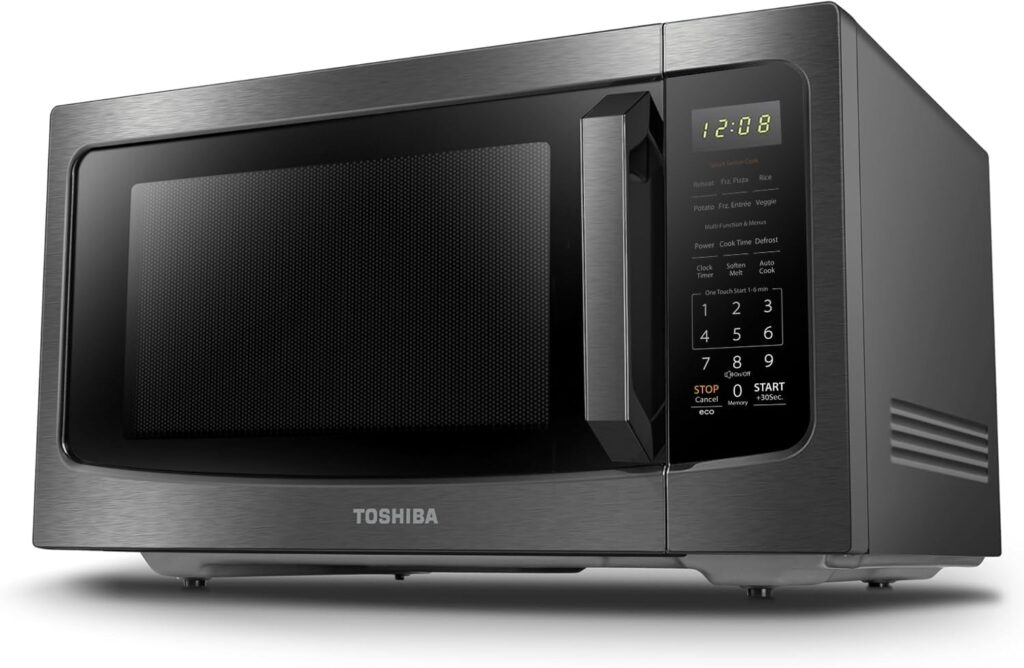
- Microwaves vs. ovens – Microwaves use about 80% less energy than conventional ovens for reheating and cooking small meals.
- Microwaves vs. stovetops – For heating liquids or quick cooking, microwaves often use less energy than stovetops.
- Smart vs. standard microwaves – Smart models optimize cooking times and power levels, cutting down on unnecessary energy use.
If you want an energy efficient kitchen, upgrading your microwave is a simple step that makes a big difference.
Key Features of Energy-Efficient Smart Microwaves
Not all microwaves are created equal when it comes to saving energy. Look for these features to make sure you’re getting the best energy-efficient option.
1. Inverter Technology
- Adjusts power levels precisely instead of cycling on and off like traditional microwaves.
- Cooks food more evenly, reducing energy waste.
- Uses power more efficiently, especially for defrosting and reheating.
2. Sensor Cooking
- Automatically detects moisture levels and adjusts power and cooking time accordingly.
- Prevents overcooking, so you don’t waste energy on unnecessary heating.
- Great for reheating leftovers without drying them out.
3. Eco Mode
- Reduces standby power consumption when the microwave isn’t in use.
- Saves energy by turning off the display and unnecessary functions.
- A simple way to cut down on electricity use without any extra effort.
4. Smart Connectivity
- Lets you control and monitor cooking remotely using an app or voice commands.
- Helps you avoid leaving the microwave running longer than needed.
- Some models even suggest the best power settings for different foods.
5. Energy Monitoring
- Tracks power usage so you can see how much energy you’re saving.
- Helps you make better choices about when and how to use your microwave.
- Available on select smart models with app integration.
Now that you know what to look for, let’s check out the top smart microwaves that can help you build an energy efficient kitchen.
Top Energy-Efficient Smart Microwaves for Budget-Conscious Homeowners
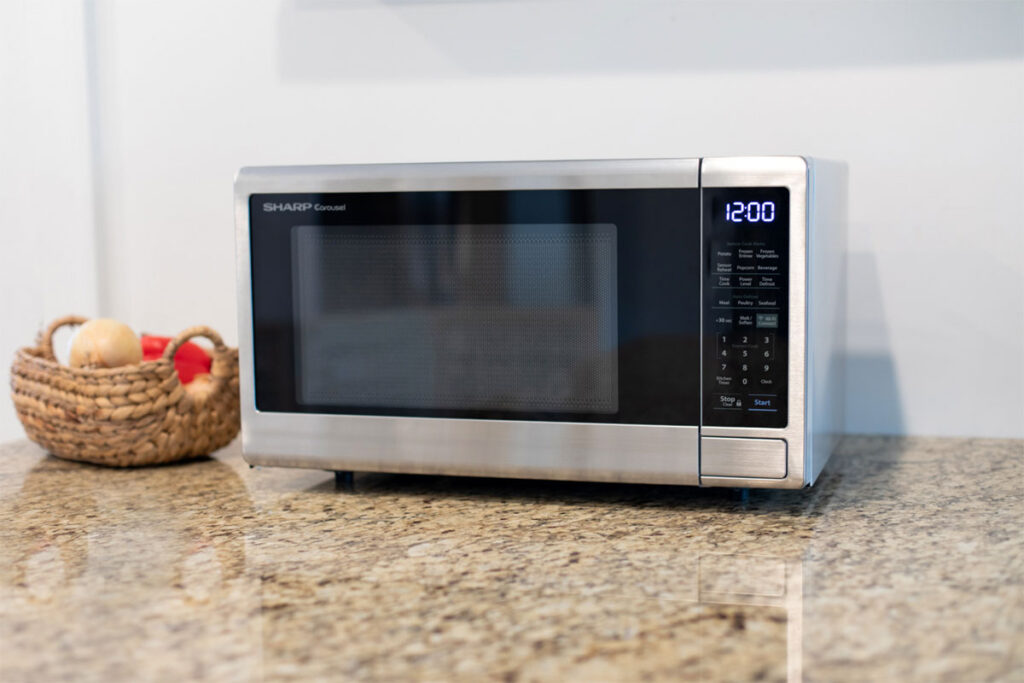
There are plenty of smart microwaves out there, but not all of them are designed to save energy. The models below combine advanced cooking technology with low power consumption, making them great choices for an energy efficient kitchen.
1. Panasonic NN-SN966S
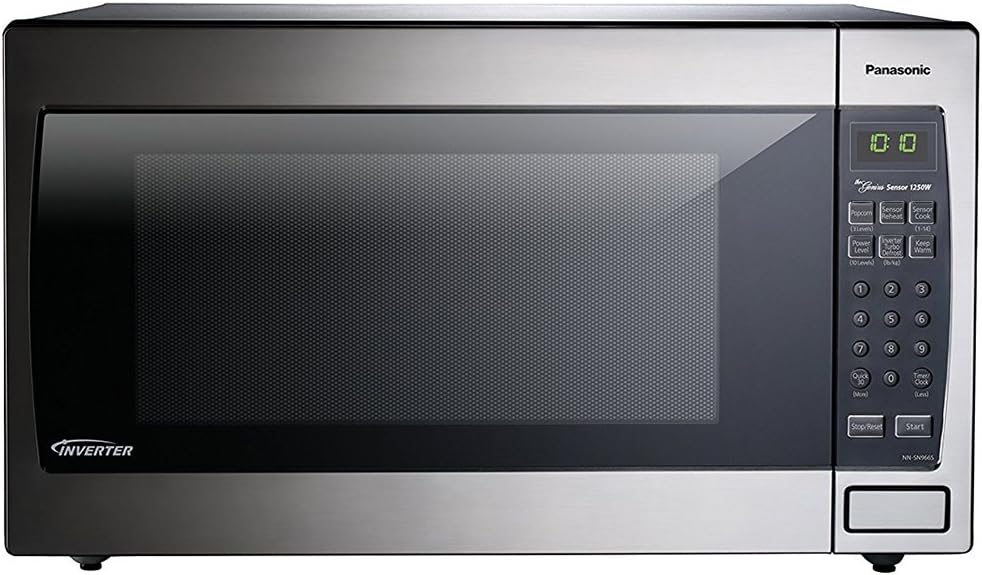
- Why it’s great: Uses inverter technology for precise power control and even cooking.
- Energy-saving features:
- Inverter technology reduces wasted energy by maintaining steady power levels.
- Multi-stage cooking optimizes cooking time and power usage.
- Sensor cooking prevents overheating and unnecessary power use.
- Ideal for: Families who use their microwave for more than just reheating.
2. Samsung MS14K6000AS

- Why it’s great: Offers inverter technology and sensor cooking in a compact size.
- Energy-saving features:
- Uses less power while maintaining strong cooking performance.
- Sensor cooking prevents overuse of energy by adjusting cooking time automatically.
- Durable ceramic enamel interior reduces heat loss.
- Ideal for: Small households and apartment kitchens.
3. GE Smart Microwave Oven
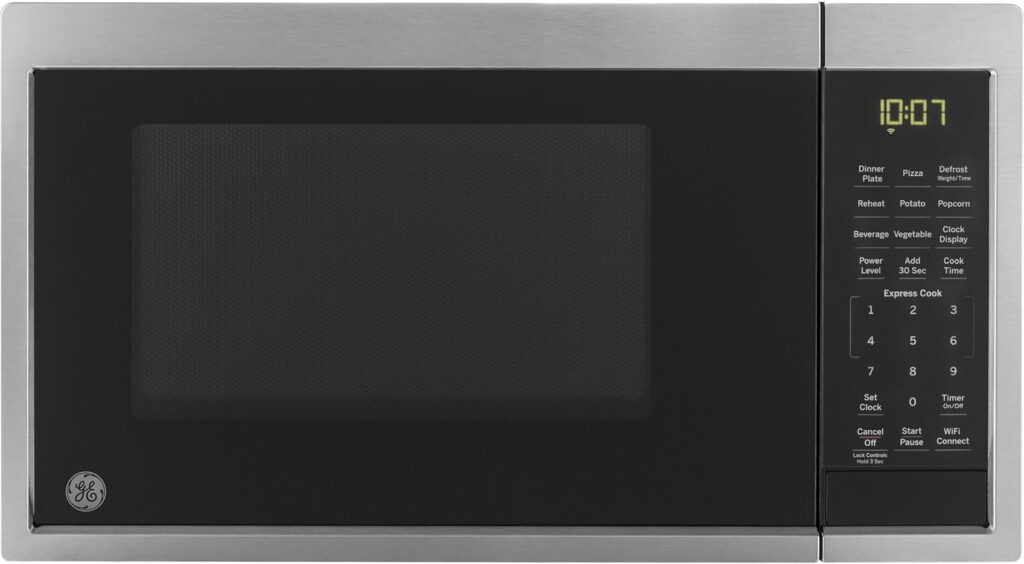
- Why it’s great: Voice-controlled with Alexa and Google Assistant, making it one of the most advanced smart microwaves on the market.
- Energy-saving features:
- Scan-to-cook technology ensures precise heating times, reducing energy waste.
- Lower wattage (900W) compared to other models, meaning lower power consumption.
- Smart monitoring helps prevent overheating and excessive energy use.
- Ideal for: Those who want hands-free control and smart kitchen integration.
4. Samsung 30 in. 2.1 cu. ft. Over-the-Range Smart Microwave
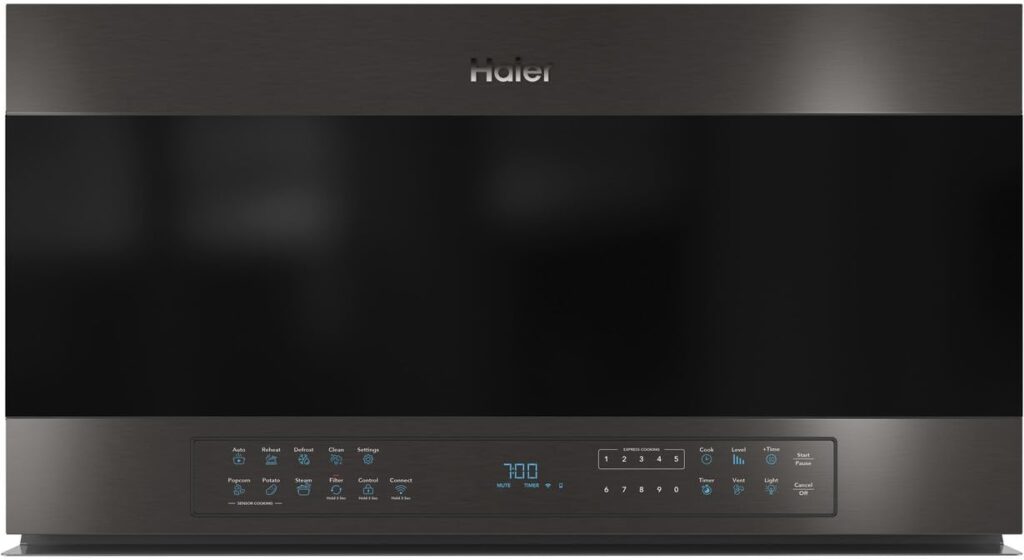
- Why it’s great: A high-tech, built-in solution with Wi-Fi connectivity and energy-saving options.
- Energy-saving features:
- Eco Mode minimizes power use when the microwave is not in use.
- SmartThings Energy app helps you monitor and manage power consumption.
- Smart ventilation adjusts airflow based on cooking needs, reducing unnecessary fan usage.
- Ideal for: Homeowners looking for a built-in, high-tech microwave with energy-saving features.
These smart microwaves not only make cooking easier but also help you cut back on electricity use, making them great choices for an energy efficient kitchen.
Factors to Consider When Choosing an Energy-Efficient Smart Microwave
Not all smart microwaves are built the same. If you’re looking for one that fits your budget and helps lower energy use, here are the key things to consider before buying.
1. Wattage
- Higher wattage means faster cooking, but it also uses more power.
- A 700W to 1000W microwave is a good balance between efficiency and performance.
- If you mainly reheat food and make simple meals, a lower-wattage microwave can save energy without sacrificing functionality.
2. Size and Capacity
- Microwaves come in different sizes, typically ranging from 0.7 cu. ft. to over 2.0 cu. ft..
- Smaller microwaves use less energy and are ideal for simple cooking tasks.
- Larger microwaves are better for families but can consume more power. Look for one with inverter technology or eco mode to balance efficiency.
3. Inverter vs. Traditional Microwaves
- Traditional microwaves cycle power on and off, wasting energy.
- Inverter microwaves provide a steady power flow, using less energy and cooking food more evenly.
4. Eco Mode
- Microwaves with an eco mode reduce standby power when not in use.
- This can cut down on electricity waste from idle appliances.
- Great for people who don’t use their microwave often but still want it to be energy efficient.
5. Smart Features
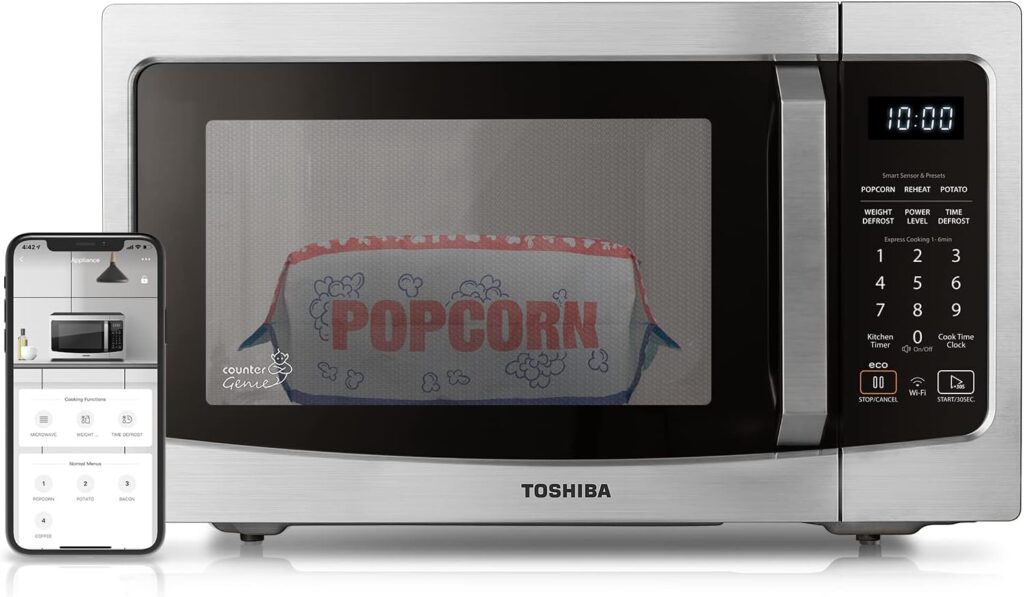
- App connectivity lets you monitor power usage and adjust cooking settings remotely.
- Voice control (Alexa/Google Assistant) helps operate the microwave hands-free, reducing unnecessary use.
- Sensor cooking prevents overcooking, which means less wasted energy.
6. Brand Reputation and Reliability
- Stick with trusted brands that are known for energy-efficient appliances.
- Read user reviews to see if the microwave actually delivers on its energy-saving claims.
- Look for models that have ENERGY STAR® certification for verified efficiency.
7. Price vs. Long-Term Savings
- Some energy-efficient smart microwaves cost more upfront but save money on electricity bills over time.
- Consider how often you’ll use your microwave and whether energy savings will make up for the price difference.
A smart microwave is a great investment, but choosing the right one makes all the difference. By focusing on these factors, you can get the best model for your energy efficient kitchen without overspending.
Additional Tips for an Energy-Efficient Kitchen
Upgrading to a smart microwave is a great step, but there are plenty of other ways to make your kitchen more energy efficient. A few simple changes can lower your electricity bills and reduce wasted energy.
1. Unplug Appliances When Not in Use
- Even when turned off, many appliances still draw power if they’re plugged in.
- Microwaves, coffee makers, and toasters all use standby energy, which can add up over time.
- Use a smart power strip to cut off power when appliances aren’t in use automatically.
2. Use Your Microwave Instead of the Oven When Possible
- Microwaves use up to 80% less energy than conventional ovens.
- They’re ideal for reheating, defrosting, steaming vegetables, and even baking small portions.
- For quick meals, the microwave is the more energy-efficient choice.
3. Choose Energy-Efficient Cooking Methods
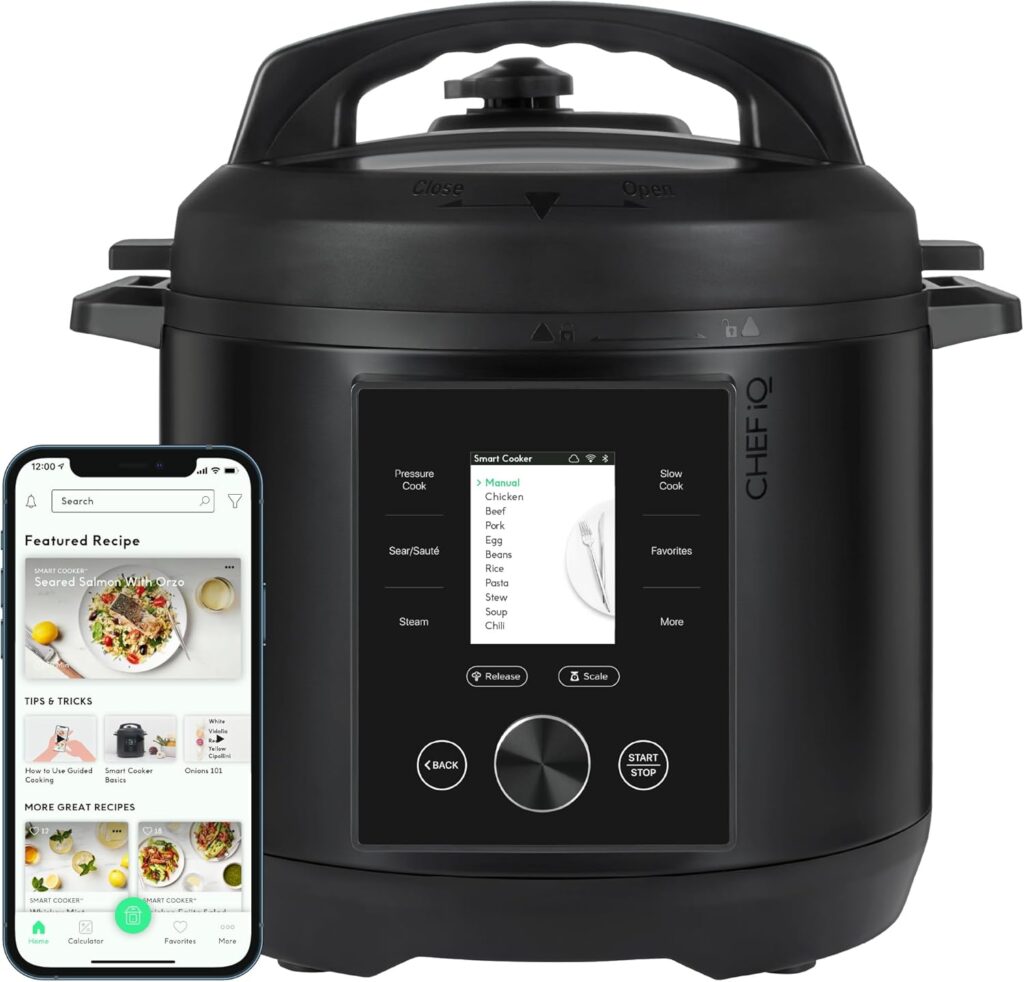
- Slow cookers, air fryers, and induction cooktops can be more efficient than using a traditional stove or oven.
- Batch cooking saves energy by making multiple meals at once instead of heating the oven repeatedly.
- Cooking with a lid on your pots and pans also reduces cooking time and energy waste.
4. Keep Your Microwave Clean
- Food splatters and grease buildup can absorb microwaves, making the appliance work harder.
- A clean microwave heats food more efficiently, reducing cooking time.
- Wipe down the interior regularly and clean the vents to keep air flowing properly.
5. Use Your Microwave During Off-Peak Hours
- Electricity rates are often lower at night or early in the morning.
- If your utility company has time-of-use pricing, try to use appliances like microwaves, dishwashers, and washing machines during off-peak hours to save money.
6. Pair Your Smart Microwave with Smart Home Tech
- A smart plug can track energy usage and help you set schedules.
- If your microwave connects to a smart home system, you can remotely control it and turn it off when not needed.
- Some smart microwaves provide energy usage reports, so you can see exactly how much power you’re using.
7. Consider Upgrading to Other Energy-Efficient Appliances
- If your refrigerator, dishwasher, or oven is more than 10 years old, it may be wasting energy.
- ENERGY STAR® certified appliances use up to 30% less power than older models.
- Replacing outdated appliances is one of the best long-term ways to build a truly energy efficient kitchen.
Small adjustments add up over time. Whether it’s switching to a smart microwave, unplugging devices, or using more efficient cooking methods, these habits will help you save energy and cut down on costs.
Conclusion
Creating an energy efficient kitchen doesn’t have to be complicated or expensive. Investing in a smart microwave with energy-saving features is a simple way to cut back on electricity use while still enjoying all the convenience modern appliances offer.
Key Takeaways:
- Smart microwaves save energy with inverter technology, sensor cooking, and eco modes.
- Lower wattage models use less power while still offering solid performance.
- Choosing the right size microwave prevents unnecessary energy waste.
- Smart features like app connectivity and voice control can help optimize power usage.
- Pairing a smart microwave with good energy habits (like unplugging appliances and using off-peak electricity) can save even more.
Which Smart Microwave is Right for You?
- For small households: The Samsung MS14K6000AS is compact and energy-efficient.
- For larger families: The Panasonic NN-SN966S offers inverter technology and consistent cooking results.
- For smart home integration: The GE Smart Microwave Oven connects to Alexa and Google Assistant for hands-free use.
- For built-in solutions: The Samsung 30” Over-the-Range Microwave includes Wi-Fi connectivity and an Eco Mode to cut down on standby power.
Making smart choices in your kitchen doesn’t just help your wallet—it also helps the environment. Whether you’re upgrading to an energy-efficient smart microwave or adjusting small daily habits, these steps add up to a more sustainable home.
If you’re ready to save energy and cook smarter, one of these smart microwaves might be the perfect addition to your kitchen.
Final Step: Ready to Upgrade?
Explore the best deals on energy-efficient smart microwaves and start building a more cost-effective, eco-friendly kitchen today.
Frequently Asked Questions (FAQ)
1. Do smart microwaves really save energy compared to regular microwaves?
Yes! Smart microwaves often have inverter technology, sensor cooking, and eco modes that help reduce wasted energy. Traditional microwaves cycle power on and off, using more electricity than necessary, while smart models optimize cooking times and power levels for better efficiency.
2. What wattage should I look for in an energy-efficient microwave?
For most homes, a microwave in the 700W to 1000W range balances energy efficiency with cooking performance. Lower wattage models use less power but may take longer to cook food. Inverter microwaves make the most of lower wattage by cooking more efficiently.
3. What is the best way to reduce energy use when using a microwave?
- Choose a microwave with an Eco Mode to cut standby power.
- Use sensor cooking to avoid overcooking and wasting energy.
- Unplug the microwave or use a smart plug when it’s not in use.
- Heat smaller portions in the microwave instead of using the oven when possible.
4. Are over-the-range smart microwaves more energy efficient than countertop models?
Not necessarily. Over-the-range microwaves save counter space and often have built-in ventilation, but their energy use depends on the features they offer. Look for models with inverter technology, sensor cooking, and Wi-Fi energy monitoring for the best efficiency, whether it’s a countertop or over-the-range model.
5. How can I tell if a microwave is truly energy efficient?
Check for:
- Inverter technology (for steady power use instead of on/off cycles).
- Eco Mode (to reduce power when idle).
- Sensor cooking (to adjust time and power automatically).
- Energy monitoring features (on smart models with app connectivity).
ENERGY STAR® certification (if available).

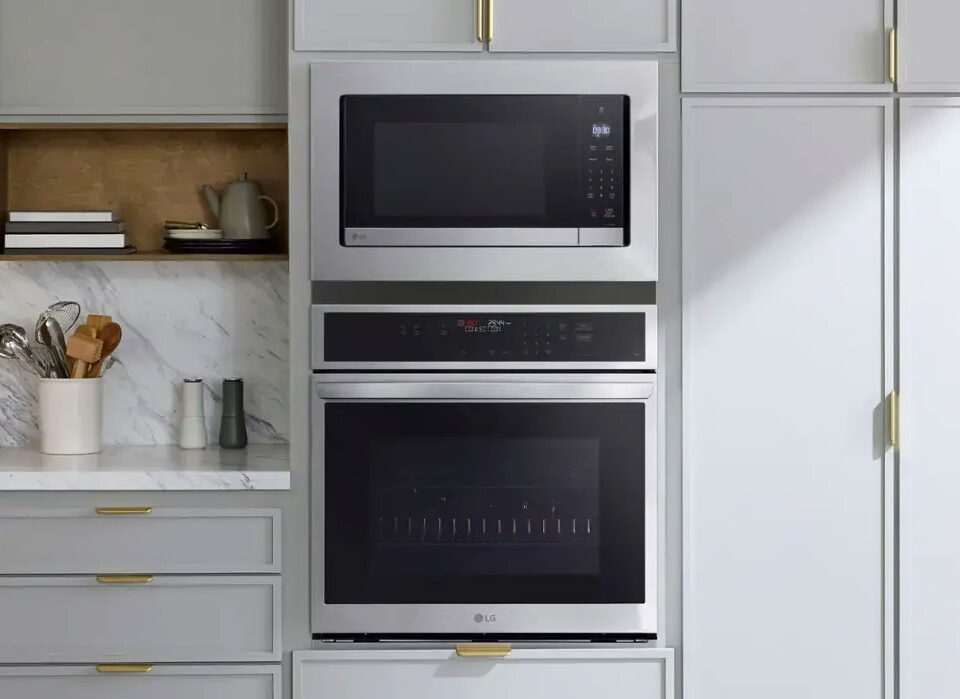
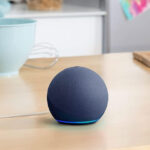

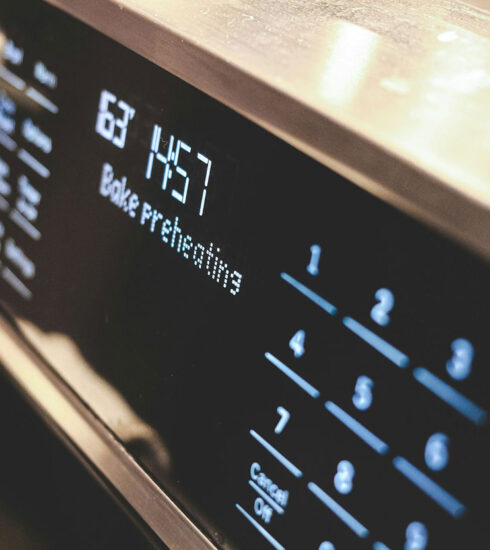

3 Comments
Smart Kitchen Connectivity on a Budget
1 week ago[…] Microwaves – Turn the power off completely when not in use to save electricity. […]
Best Budget Voice Activated Kitchen Appliances
1 week ago[…] or Google Assistant, so you can start automating your kitchen without spending a fortune. From smart microwaves that heat food on command to coffee makers that brew your morning cup before you even get out of bed, these appliances bring […]
Alice
1 week agoqSuxl zcCy clGm VWc kEbxN uQqd